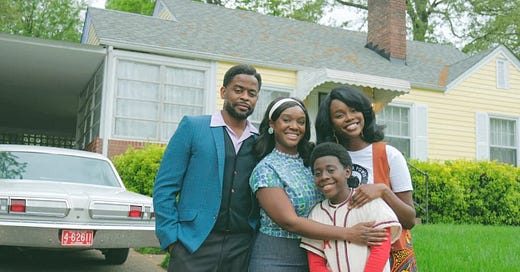My "Wonder Years" Were Dangerous AF
Life was treacherous for a ten-year-old Black kid in the Deep South of 1968 - but not for the reasons you might think.
Keep reading with a 7-day free trial
Subscribe to The Journeyman. to keep reading this post and get 7 days of free access to the full post archives.




